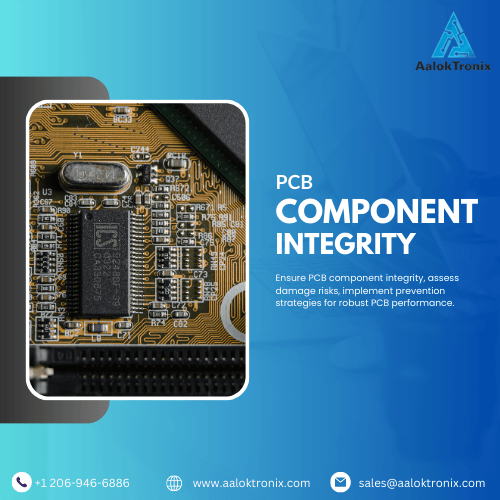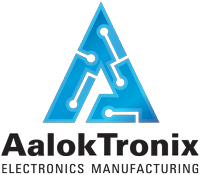Component damage, a critical concern in PCB assembly, refers to the impairment or malfunction of electronic components due to excessive heat exposure or improper handling during the soldering process.
Understanding the underlying risks, potential implications, and effective mitigation strategies for safeguarding component integrity is paramount for maintaining the reliability and functionality of printed circuit boards.
In this comprehensive exploration, we will investigate the root causes of component damage, analyze its potential implications on PCBs, and provide practical strategies and best practices for preventing and addressing component vulnerabilities in PCB assembly.

Causes of Component Damage:
Component damage can stem from various factors, including prolonged exposure to high soldering temperatures, mechanical stress during handling, or improper soldering techniques.
Factors such as inadequate heat dissipation, incompatible soldering materials, or inappropriate soldering equipment can contribute to the degradation of component performance and functionality, leading to potential electrical failures or complete component malfunctions within the PCB assembly.
Implications of Component Damage on PCBs:
The occurrence of component damage can have severe implications on the functionality and longevity of PCBs, particularly in terms of electrical conductivity and signal integrity.
Damaged components can lead to intermittent electrical connections, voltage fluctuations, or complete circuit failures, jeopardizing the overall performance and reliability of the PCB assembly.
Furthermore, compromised components can impact the operational efficiency of the electronic device, leading to decreased system stability, increased susceptibility to environmental factors, and potential operational failures during the device’s lifecycle.
Identifying Component Damage:
Identifying component damage requires a comprehensive visual inspection of the soldered components and the PCB assembly, focusing on the structural integrity and operational performance of the individual components.
Damaged components typically exhibit visible signs of physical deformation, discoloration, or irregularities in the surface texture, indicating potential heat-induced stress or mechanical impairment.
Utilizing magnification tools, such as magnifying lenses or digital microscopes, can aid in the accurate identification and assessment of component damage during the inspection process.
Best Practices for Managing Component Damage:
To manage the risks of component damage and promote the integrity of components in PCB assembly, implementing targeted best practices and preventive strategies is crucial throughout the assembly process.
Regulating the soldering temperature and duration within the specified parameters recommended by the component manufacturers can aid in minimizing the risk of heat-induced damage and preserving the structural integrity of the components.
Ensuring the compatibility of the soldering materials with the component specifications and conducting comprehensive material compatibility tests can further enhance the protection and resilience of the components during the soldering process.
- Advanced handling protocols:
- Antistatic precautions
- ESD-safe workstations
- Specialized handling tools
- Minimize mechanical stress and physical damage during:
- Component installation
- Rework procedures
- Integration of advanced soldering technologies:
- Reflow profiling optimization
- Selective soldering
- Benefits:
- Precise control over the soldering process
- Minimize thermal impact on components
- Produce high-quality, reliable PCB assemblies
Conclusion:
In conclusion, comprehensively understanding the risks of component damage in PCB assembly is vital for safeguarding the reliability and performance of electronic devices and systems. By addressing the root causes, assessing the implications, and adopting best practices and preventive strategies, manufacturers and electronics enthusiasts can significantly enhance the protection and resilience of their components in PCB assemblies, contributing to the development of robust, high-functioning electronic applications and technologies.
